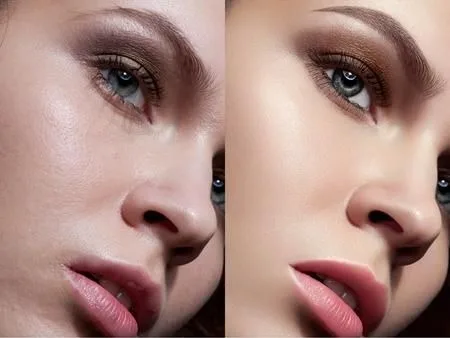Modern Portrait Photo Editing: A Clear Guide to Today’s Techniques
Introduction: Why Portrait Editing Matters Today
Portrait photo editing now supports modern branding needs. People share portraits across platforms daily. Therefore, quality matters more than ever. Edited portraits help show confidence, clarity, and personality. As a result, editors must follow new standards and trends.
How Portrait Editing Has Changed Recently
Photography habits evolve quickly. Smartphone cameras improve every year. Social media updates style expectations often. Businesses now request consistent portraits for marketing. Because of these changes, editors must stay flexible. They also need to understand shifting audience preferences.

The Rise of Natural and Authentic Editing
Heavy filters once dominated online portraits. However, natural results now lead trends. Clients want clean skin, soft tones, and subtle depth. Editors must balance corrections with authenticity. This balance creates trust and improves personal branding.

Modern Skin Retouching Techniques
Skin retouching remains essential. Yet editors avoid plastic-like results. Frequency separation is now a common method. It keeps texture intact while smoothing flaws. Micro-dodge techniques refine shadows with precision. Consequently, portraits look polished but real.
Current Color Grading Trends
Color grading shapes mood and identity. Warm neutrals remain popular in 2024–2025. Calm shadows and balanced highlights also trend. These tones match professional and lifestyle portraits. Consistent color also supports brand identity. Therefore, editors test several palettes before finalizing.
Lighting Adjustments for Stronger Depth
Lighting affects every portrait. Cameras may misread exposure or shadows. Editors correct these issues during post-processing. Subtle contrast helps define facial features. Controlled highlights add dimension without glare. These improvements increase a portrait’s emotional impact.
Sharpening Techniques That Enhance Detail
Sharpness directs attention to expressions. Soft blur weakens eye contact. Thus, editors sharpen eyes, brows, and lashes. Lips may also receive slight sharpening. These focused adjustments produce a vivid and engaging portrait.
Background Cleanup and Replacement
Busy backgrounds distract viewers. Therefore, editors often simplify backgrounds. They smooth tones, reduce clutter, or replace the scene. Current trends favor soft natural backdrops. These choices highlight the subject more effectively.

AI Tools Shaping Portrait Editing in 2024–2025
AI continues to affect editing workflows. Tools now auto-detect faces and adjust skin. Background masking is faster than before. Still, editors review each automated step manually. Technology speeds up tasks, but human judgment shapes style. This balance ensures accuracy and creativity.
Portrait Editing for Different Platforms
Each platform demands a unique style. Instagram prefers warmer colors and high contrast. LinkedIn favors clean lighting and neutral tones. Personal websites need balanced and professional edits. Therefore, editors customize portraits for each audience. This approach increases engagement and credibility.
Ethical Editing and Realistic Results
Clients now prefer honest portraits. Over-editing can harm trust. Because of this, editors make subtle adjustments. They fix lighting, tone, and minor texture issues. They avoid major facial reshaping. This ethical approach protects authenticity.

New Hardware for Precision Editing
Recent hardware upgrades help editors work faster. High-accuracy monitors show true colors. Tablets offer precise brush control. Together, these tools support better retouching. Editors can complete complex adjustments with more accuracy.
Faster Workflows for Growing Demand
Many clients want quick delivery. Editors must organize layers and presets carefully. Batch tools also save time. These strategies keep turnaround fast without lowering quality. This efficiency helps editors meet tight deadlines.
Growing Market Demand in 2024–2025
Portrait editing demand continues rising. E-commerce businesses want polished team photos. Online courses display instructor portraits. Coaches and freelancers need strong visuals for promotion. Data also shows increased use of portraits in branding campaigns. This growth makes portrait editing more valuable.
Why Continuous Learning Matters
Editing tools improve each year. Software updates add new features. Color science research drives new methods. Therefore, editors must learn consistently. They explore tutorials, attend webinars, and test workflows. This commitment keeps skills fresh and competitive.
Conclusion: Portrait Editing Shapes Modern Identity
Portrait photo editing now blends creativity and precision. Natural enhancement leads today’s trends. Ethical methods strengthen trust. Updated tools support a faster workflow. Editors who follow these methods deliver superior results. Moreover, clients benefit from authentic, engaging, and modern portraits. With the right techniques, portrait editing will continue shaping digital identity across industries.
Read more:
Real Estate Marketing: A Revolution With 360° Virtual Tours
How to Take Photos in Snow: Essential Tips and Techniques
Virtual Staging Real Estate Photo Editing: A 2025 Guide











